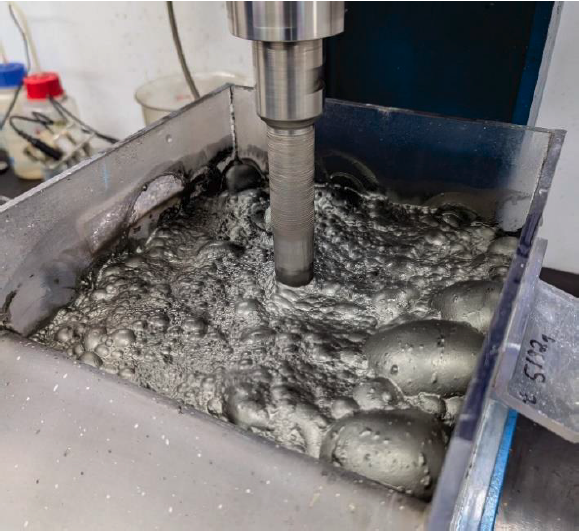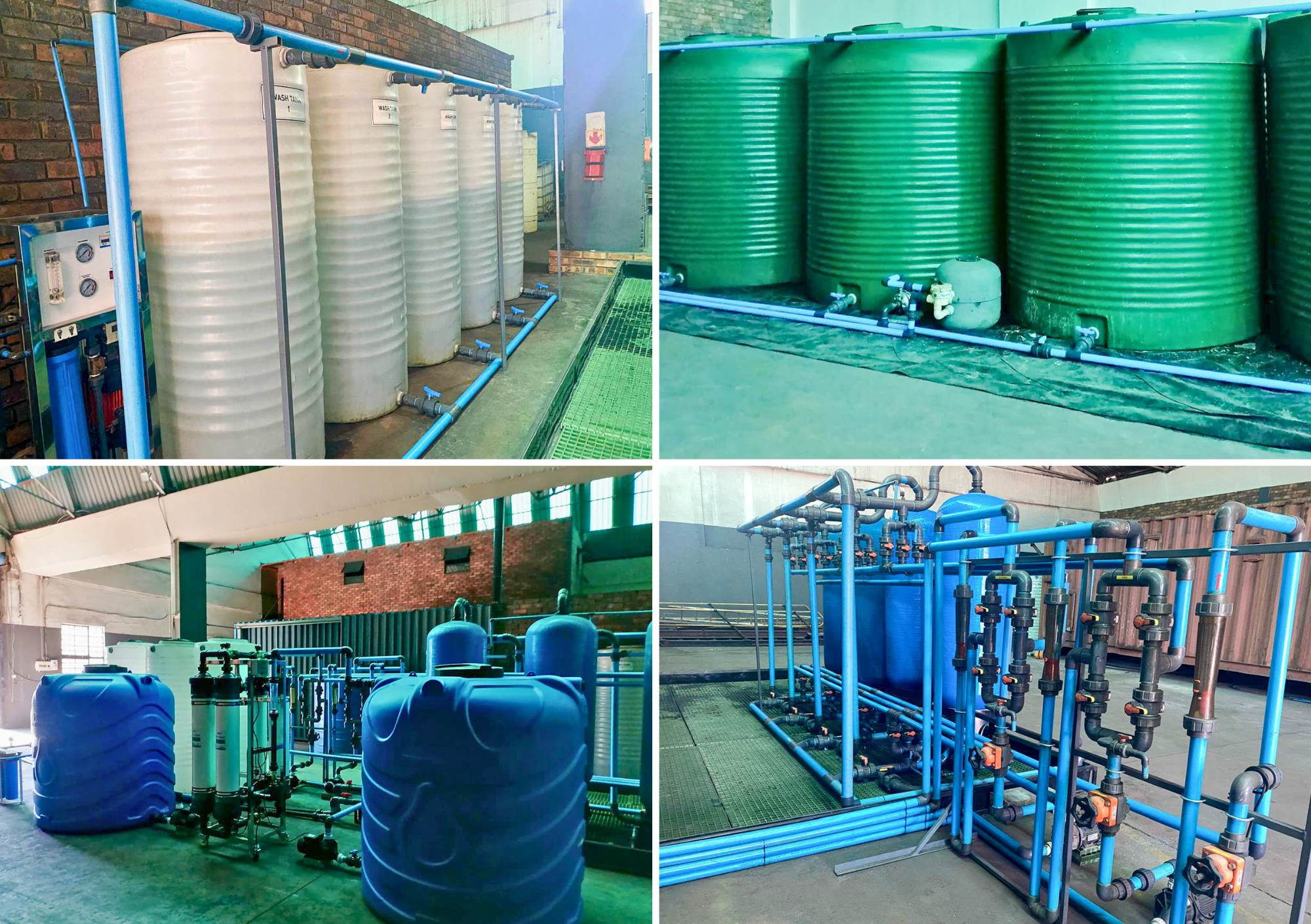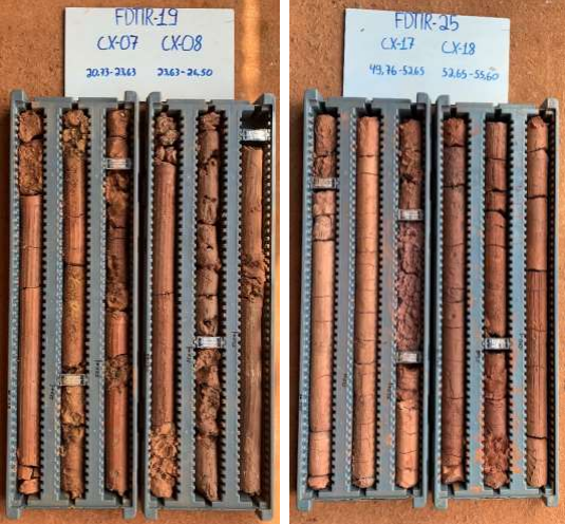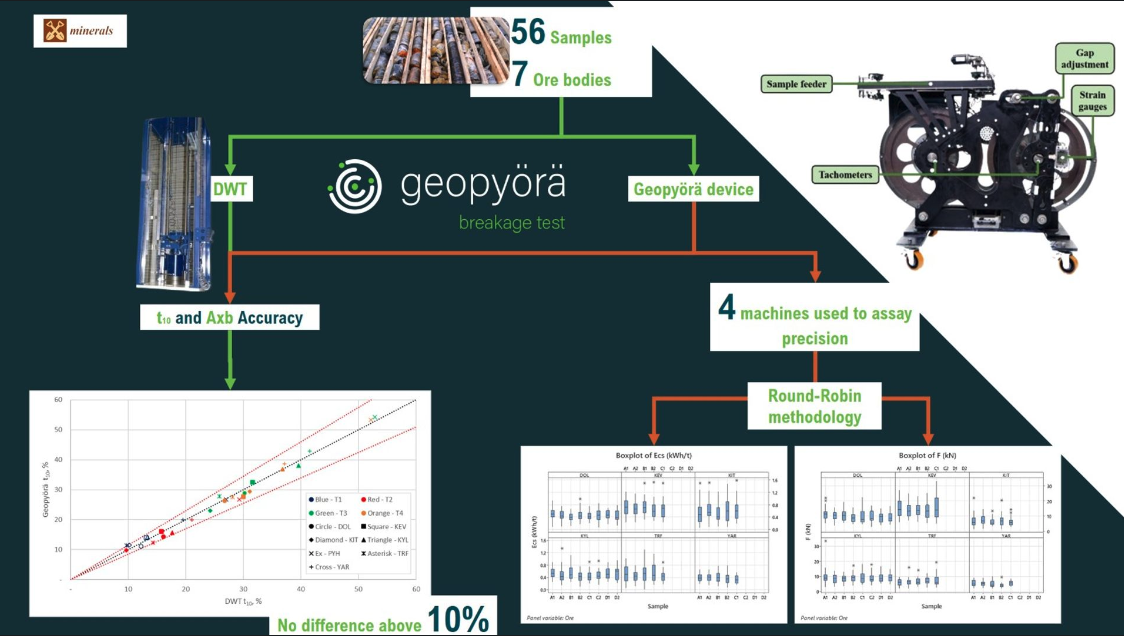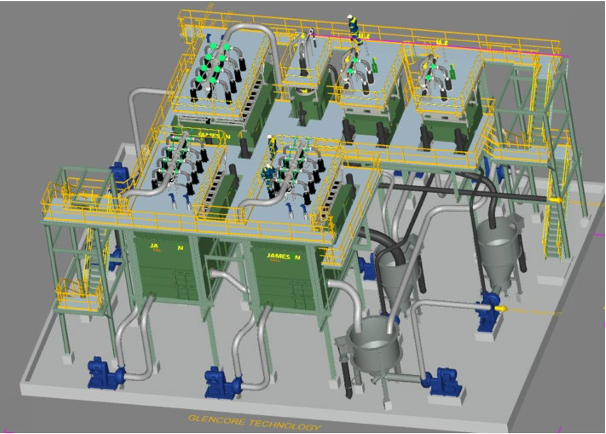Core was recently approached by an Australian-owned international mining operation to provide on-site consultancy services to assist with the optimisation of their processing plant.
The project has drawn on the expertise of senior professionals at Core with extensive career experience in commissioning, operating and optimising process plants. Following Core’s involvement, the plant achieved significant improvements in performance, with a record plant production achieved within 3 months.
An exciting component of Core’s work on this project was the development of remote monitoring and management systems, which took advantage of the process data systems on site at the operation. This enabled monitoring and high level management of an African operation from an Australian base. The operation utilised the widely used OSISoft PI process data collection and analysis system. The system comprised a back-end database and a software package (PI ProcessBook) used to develop and run front-end solutions (user interface).
The system actively collected data but the information was not well utilised due to a lack of expertise on site. Core was commissioned by the company to develop front-end solutions for the system that would allow all stakeholders (operators, manager and consultants) to easily view plant performance data locally and remotely.
Using PI ProcessBook Core built SCADA-type (supervisory control and data acquisition) flow-sheet screens that displayed relevant process trends and values for areas of the plant. While current, live-updating values are shown as per any SCADA system, the real power of a system such as PI lies in the access users have to the full history of plant performance. By allowing engineers to view performance data on any time-scale (from minutes to months) it becomes possible to spot elusive patterns and to truly optimise an operation.
An additional feature currently developed by Core was adding the ability to generate daily and monthly logsheets for any process area. Logsheets are in ready-to-print Excel spreadsheet format and all data presented as hourly-average values. The quality of each data-point is monitored (number of points contributing to the average, % of good data over total data, etc) and a warning given if a value appears unreliable. Logsheets are generated by selecting dates and clicking a button on a ProcessBook screen, meaning there is no need to develop a separate logsheet solution inside Excel as is generally done see post. These logsheets are accessible by anyone on site with network access and are extremely useful tools for area metallurgists for monitoring, mass balancing and reporting their area of responsibility.
The combination of these tools developed by Core, and the metallurgical expertise of our Senior Process staff yielded dramatic benefits for the efficiency and returns of the operation.


